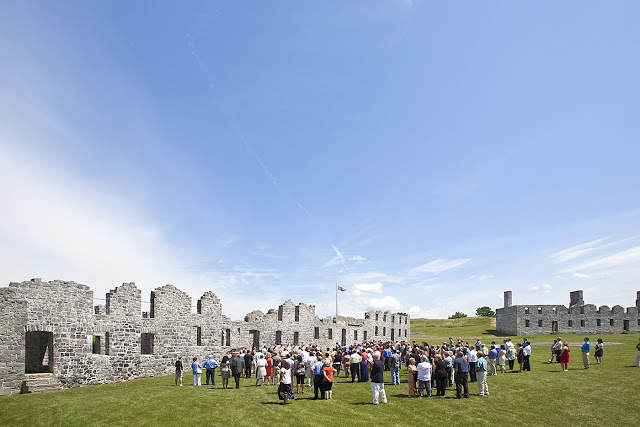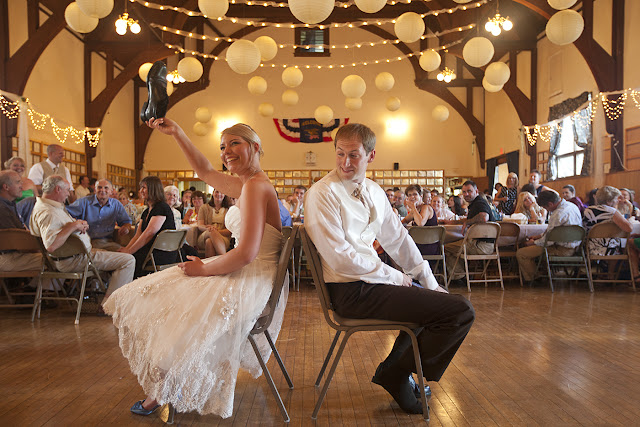As promised, tonight I am posting on how my father put together my ultraviolet exposure unit that I'll be using for my historical photographic processes this summer. And I realize that it's now a bit past midnight EST, but I can't help that I'm still on PST time...so it's still today somewhere in the world!
The concept and construction of the unit was fairly simple with basic knowledge on carpentry and know-how on electrical output. I say this like I was the one doing it, which I wasn't. I mostly watched and carried or retrieved things when needed. But I did capture all that my dad did for me in the past few days to write this post with.

To begin with, my dad started to put together a simple wooden box. One side of the box is to be hinged and it acts as the door for me to place paper in. The top inside of the box is to hold the UV light source. My dad had some scrap wood from an
old cabinet he had on hand, so they became the bottom and top parts of the box. They measure about 20"x28". The side
boards are from Home Depot and are 1"x12" #2 pine. My dad pre-drilled
all holes before screwing in the sides together. He later added a
sealant caulk to strengthen the seams and hinder any light to creep
through. And finally before wiring, he spray painted the inside silver
and the outside white. (Silver to help bounce the light around inside
the unit. This provides an optimum usage of the UV light. White spray painted on the outside...just because.)
After allowing the spray paint to dry over night, I carried the pieces down to the basement. There, my dad screwed in the two ballasts to hold four 24" Fluorescent black light bulbs.
I had done a lot of research on UV bulbs online and in various articles.
This source, by Sandy King gives the best information on the different kinds of lighting sources you can choose from. I choose the BLB bulbs because they fit the type of ballasts we had purchased at Home Depot and they are cheaper than BL bulbs.
My dad worked on the wiring and added a switch to turn the unit on and off while also incorporating an extension cord to plug into my darkroom timer.
OK. I'll admit that I just summed up a huge majority of this DIY in one sentence. Honestly, I couldn't keep up as my dad confidently placed this wire with that and striped this cord to connect that one, etc.
I do however have a wonderful web resource for those still needing all the technical information on wiring here.
Finally, my dad screwed two hinges to attach the side door that will swing forward and allow me to place a contact printing frame on the bottom of the box. Handles were added to each side of the box (seen in the previous picture above) and are used for easy carrying. I think in total the box weighs about 40lbs or so. And because of this amount of weight, he added rubber furniture stoppers on the bottom of the unit so that it will not slide around or scratch any table top surface. Lastly, He added a hinge on the top to keep the door closed during exposures. Finished!

I'm incredibly lucky to have such a supportive and handy father. I can't thank him enough, he really is the best. :)
And I'm really super proud that I can now say that I have my own exposure unit.
Extra info:
The Cra Lab timer was purchased off of Craigslist. And an interesting story on that: I had purchased the timer from the Rochester Craigslist while I was still in San Francisco. I had a wonderful friend pick it up for me and hold it until I flew home last week. Thanks again Em!
Darkroom equipment is still pricey in the Bay Area and I knew that it wouldn't be in Western New York. My thrifty thinking strikes again!
In total, with the cost of the timer, my entire exposure unit came out to:
$182.00
Hardware, wood, electrical supplies: $100.00
(4) UV BLB T8 Fluorescent Bulbs: $47.00
Cra Lab Timer: $35.00
I would factor in a good two days worth of labor by a hard working father too. :)
Hopefully tomorrow I'll be able to make some tests and see what this baby can expose!
Thanks again Dad. I hope everyone else has a wonderful Father's Day.























































